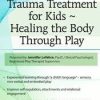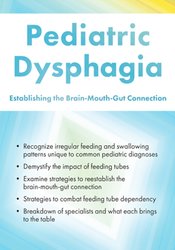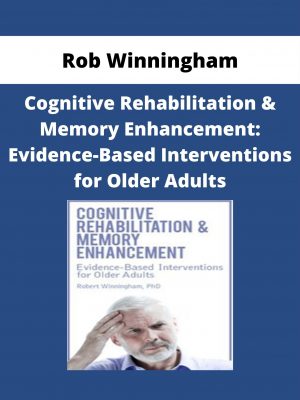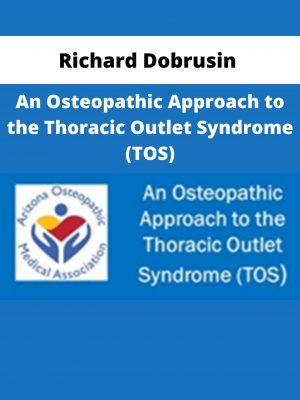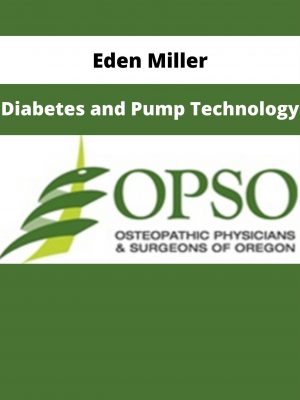Michelle Dawson – Pediatric Dysphagia
$219 Original price was: $219.$62Current price is: $62.
Shopping Instructions:
- DISCOUNT 15% : SHOP15
- Product Delivery: Within 1 – 12 hours after purchase.
However, a significant subset of the population is unable to safely and independently participate in communal mealtime due to oropharyngeal dysphagia.
Michelle Dawson – Pediatric Dysphagia
BRAIN MOUTH GUT CONNECTION
- How multiple systems are connected
- Development of Innovation of the systems
- Common medical breakdowns in patients
TYPICAL REFLEX DEVELOPMENT
- Progression of typical sucking patterns
- Progression of typical chewing patters
- Impact of feeding tubes on integration of reflexes
MEDICALLY FRAGILE CASELOAD
- How specific diagnoses and treatments can lead to oropharyngeal dysphagia
- When to make referrals to specialists and why
ALTERNATIVES TO PO (BY MOUTH FEEDING)
- Types, locations, implications of feeding tubes
- Disruption to digestion process and nourishment
INTERVENTIONS FOR POSITIVE AND FUNCTIONAL OUTCOMES
- Approaches focused on patient access to ADLs
- Special consideration for cultural factors & socioeconomic barriers
- Treatment and strategies for home/health base clinicians
- Interactive Activities – mini breakouts
- Video case examples of interventions and patient/family perspectives
CASE STUDIES
- 2.5 year old S/P – grade 4, grade 3, grade 2 bleed(s) with an g-tube
- 15 month old exclusively breast fed with diagnosis of EOE (Eosinophilic Esophagitis) and new feeding tube
- 5 year old with autism spectrum disorder – tube fed from 6 months, post cardiac surgery
- Follow the case history of a 3 month old-4year old with esophageal atresia S/P surgical repair and a g/j tube
- Case Studies from participants
Would you like to receive Michelle Dawson – Pediatric Dysphagia
?
Description:
For most, the ability to eat with peers in the school cafeteria, or participate in family dinners is a given. However, a significant subset of the population is unable to safely and independently participate in communal mealtime due to oropharyngeal dysphagia.
It is crucial that you as a clinician be knowledgeable and comfortable with the intricacies of your young patients’ conditions in order to maximize the effectiveness of treatment. This requires a detailed understanding of the brain-mouth-gut connection and the impact common pediatric disorders have on it. Ultimately, it is our goal as clinicians to establish these connections, and to help our patients live up to their fullest potential.
This recording is designed to educate attendees on the ins and outs of the brain-mouth-gut connection, what leads to breakdowns in this system, and how these breakdowns can result in oropharyngeal dysphagia.
Those who watch will participate in numerous breakout hands-on activities, view videos of functional based treatment, and hear raw testimonials from the parents of medically fragile children with oropharyngeal dysphagia. This multifaceted approach is designed to equip attendees with numerous take home interventions unique to the needs of their medically fragile and complex pediatric patients from birth into early childhood.
Related products
HEALTH & MEDICAL
Dr Heidi M Crocker – Yoga Alignment | Speaker: Heidi Crocker EdD, DC
HEALTH & MEDICAL
KettleWorX – 8 Week Rapid Evolution Advanced Set with Alex Isaly
HEALTH & MEDICAL
HEALTH & MEDICAL
HEALTH & MEDICAL
HEALTH & MEDICAL
HEALTH & MEDICAL
Matthew Troester – How Much Sleep Do We Need and How to Get It

